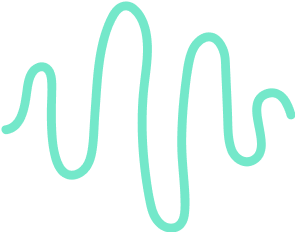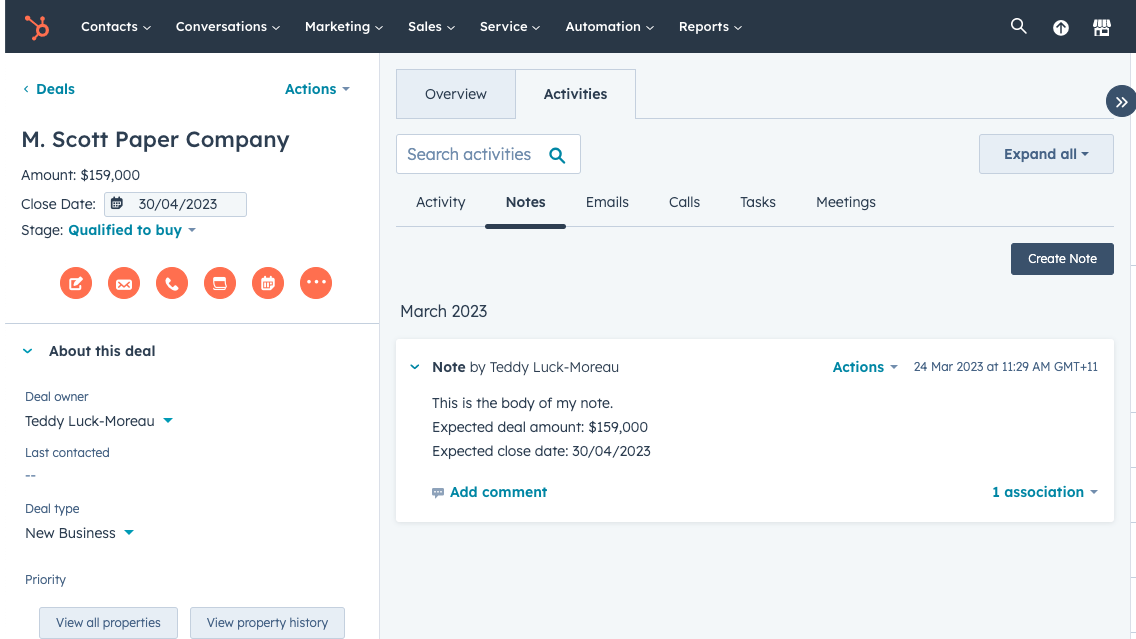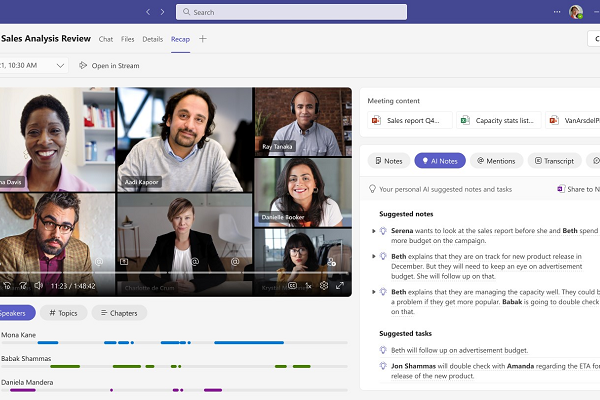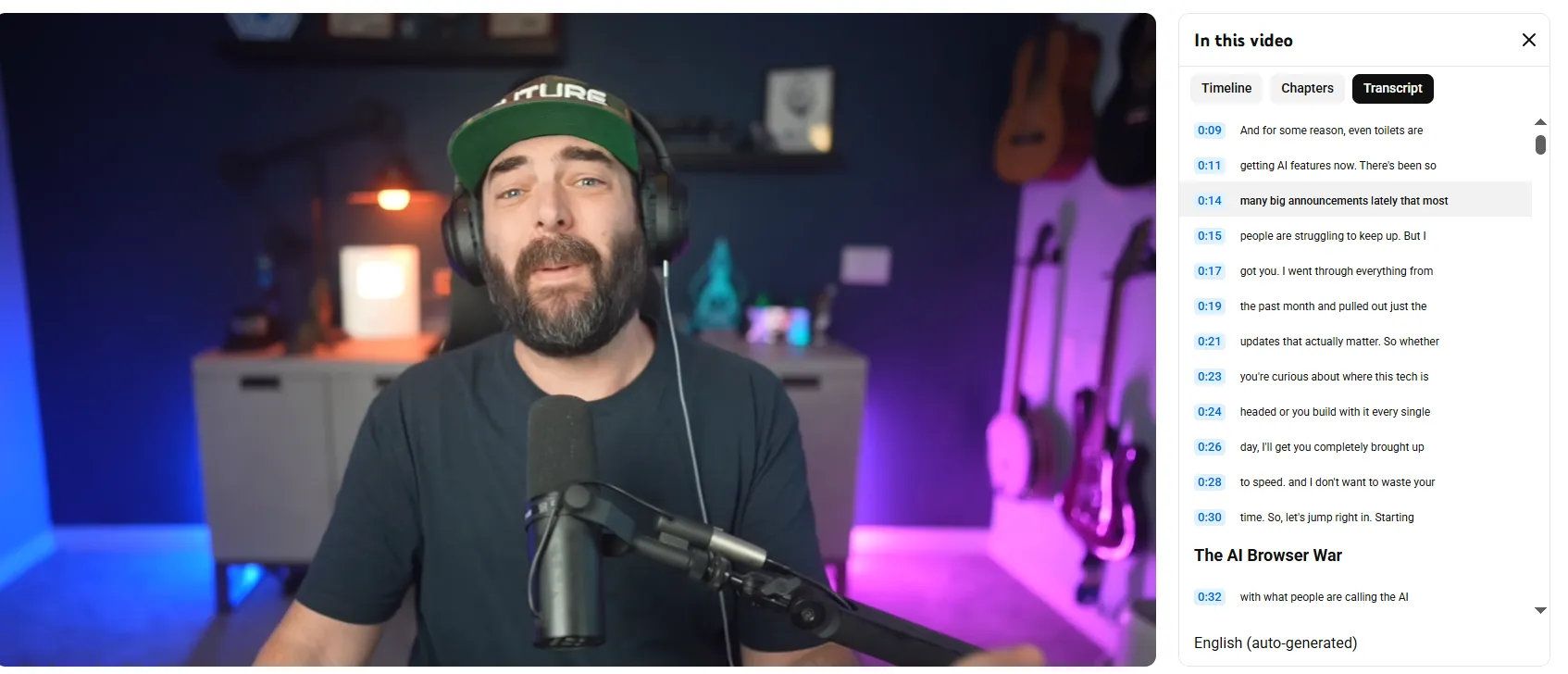Make Calls on Computer : a Guide

Get the work done for any meeting
Meeting transcription, AI custom notes, CRM/ATS integration, and more
Calling from your computer keeps all your work in one place — your CRM, notes, recordings, and transcripts.
But before you hit “Call,” you need the right setup.
In this guide, you’ll learn what software and setup you need to make calls from your computer.
What do you need to make a call on your computer?
To make a call from your computer, you need a softphone (a software-based phone) or a VoIP client. A softphone behaves like a virtual telephone interface — it shows a dial pad, contacts, call controls, etc Some clients support only voice, others also support video, messaging, and more advanced telecom features.
Your software must support standard VoIP protocols like SIP (Session Initiation Protocol). SIP is widely used to set up, manage, and close voice and video calls over IP networks. The softphone and the provider must be “speaking the same language.” If your client and the provider disagree on protocol, the call won’t go through.
You’ll need an active account with a VoIP service provider or with your organization’s VoIP system (PBX / cloud telephony). The softphone app must be configured with your credentials (username, password, server address). Without that, the software doesn’t know where to “register” you on the VoIP network.
In many business setups, you may also need additional software modules: call routing scripts, auto-attendant modules or plugins, and integration with CRM or directory services.
How to call from your computer — step by step

Step 1 — Choose your calling tool
Pick a VoIP app or softphone your team already uses, or select one from your stack criteria. Prioritize reliability, easy setup, and CRM/calendar integrations. If you’re new, start with a provider that offers a free trial.
Step 2 — Install or open the web app
Download the desktop client or open the web version in a modern browser. Desktop apps typically offer better device control and stability. Web apps shine for speed and zero-install deployments.
Step 3 — Create your account and verify
Sign up or log in with your work email. If you need outbound calling to phone numbers, verify your number and enable credits or a plan. Your workspace admin may pre-configure this for you.
Step 4 — Add contacts or prepare the number
Import contacts from Google/Outlook or your CRM. When dialing directly, use E.164 format (+CountryCode Number) to prevent routing issues. Save frequent contacts and label them by account or stage.
Step 5 — Place your call
Open the dialer or contact card and hit Call. Choose voice-only for minimal bandwidth, or video if needed. If you’re calling a conference bridge, keep the keypad handy for PINs (DTMF).
Troubleshooting quick fixes
No one hears you.
Confirm the correct mic in the app and OS, then check input meter movement. Disable other apps that might be “holding” your mic (video tools, browser tabs).
You hear them, they don’t hear you (one-way audio).
Toggle your VPN off, then try again; some VPNs block RTP streams. If you’re on Wi-Fi, move closer to the router or switch to Ethernet.
Echo or feedback.
Lower speaker volume and prefer a headset. Make sure only one device near you has an open mic.
Choppy or robotic audio.
Close downloads and streaming apps. If available, switch the app’s network mode to “Low bandwidth” or “Auto” so it can adapt.
Can’t dial external numbers.
Check your plan includes PSTN calling and that your number is enabled. Re-enter the destination with country code.
Best computer VoIP / softphone tools

Below are a few standout tools you can use to place calls from your computer. For each, I break down what it is, key features, pros & cons, and pricing — and show where Noota fits into this landscape.
3.1 Noota (VoIP + AI meeting assistant)
What it is
Noota is more than a VoIP tool — it blends call recording, live transcription, AI summarization, and knowledge management into one system. When you call or meet, Noota captures all audio, transcribes it in real time, and produces summaries, action items, and searchable transcripts.
Key features
- Automatic call recording & live transcription
- AI-generated summaries, highlights, key findings, next steps
- Integration with calendar tools, CRM, video meeting platforms
- In-person recording ability (via mobile app) and flexible capture modes
- Searchable meeting history, team workspace, export & sharing options
Pros
- You don’t just get voice — you get structured, actionable output.
- Native transcription + notes mean you don’t juggle separate tools.
- The more you use it, the more your meeting knowledge base grows.
- Built for integration, so the VoIP side plugs into your wider stack.
Cons
- Free and lower tiers have usage or minute limits (e.g. 300 min/month in free)
- For large, phone-heavy teams, costs may scale as you cross tiers.
Pricing
- Free: 300 minutes/month, AI reports, basic features (no credit card required)
- Pro: $19/month/user (increased minutes, more integrations)
- Business: $39/month/user — unlimited usage, advanced features, admin controls, custom templates
- Enterprise: Custom pricing for large teams, security, SSO, and bespoke integrations
TRY NOOTA FOR FREE HERE
3.2 Aircall
What it is
Aircall is a cloud-based phone system tailored for sales, support, and teams needing shared inbound/outbound call infrastructure. It’s built for integration and ease of use.
Key features
- Click-to-dial from your CRM or browser
- Shared call inbox, tagging, call comments
- Live call monitoring, whisper, coaching
- CRM and app integrations (Salesforce, HubSpot, Slack)
- International numbers, call queues, routing
Pros
- Fast setup, minimal IT burden
- Excellent collaboration features for teams
- Strong integration ecosystem
- Smooth experience on desktop + mobile
Cons
- Doesn’t have transcription / AI summarization built in
- Some advanced features only in higher plans
- Analytics dashboards may not be as deep as enterprise tools
Pricing
- Essentials: $30/user/month
- Professional: $50/user/month
- Custom plans for large organizations
- 7-day free trial available
3.3 CallHippo
What it is
CallHippo is a flexible VoIP solution aimed at small to medium teams, with features for call routing, analytics, and scaling.
Key features
- Automatic call recording
- Live call monitoring, routing, power dialing
- Analytics dashboard
- Local & virtual numbers across countries
- CRM and tool integrations
Pros
- Simple to adopt for growing teams
- Fair pricing for core features
- Good balance of features for SMBs
Cons
- Advanced analytics & features may require higher plans
- Occasional call quality issues in low-bandwidth regions
- Less depth in routing customization
Pricing
- Bronze: $16/user/month
- Silver: $24/user/month
- Platinum: $40/user/month
- Custom enterprise plans
3.4 8x8 (VoIP + contact center)
What it is
8x8 is a communications platform combining VoIP, messaging, video, and contact center tools. It’s designed for teams that need internal + external call handling in one roof.
Key features
- Unlimited calling to 40+ countries
- Integrated messaging, video, file sharing
- Auto-attendants, routing, queue management
- Call recording & analytics
- Enterprise-grade security & compliance
Pros
- One tool for voice, video, messaging, and support flows
- Strong global coverage and security
- Scalable from internal meetings to customer support
Cons
- Interface is not always as modern as newer tools
- Steep learning curve for power features
- Premium features cost more
Pricing
- Express Plan: $15/user/month
- X2 Plan: $28/user/month
- Higher tiers add contact center tools, custom routing, etc.
- Custom pricing for large customers
3.5 Vonage Business Communications
What it is
Vonage offers a modular VoIP/communication platform where you add features as needed — calls, SMS, CRM integrations, advanced routing. It’s built for flexibility.
Key features
- Unlimited VoIP calls + SMS in core regions
- Voicemail-to-email, forwarding, blocking
- Auto attendants, routing, analytics
- Desktop and mobile apps
- App Center for third-party add-ons
Pros
- You don’t pay for unused features
- Strong mobile + desktop parity
- Good for scaling, customizable for teams
Cons
- Add-ons can increase cost fast
- Basic plans may lack depth in analytics
- Some advanced features are optional, not built-in
Pricing
- Mobile Plan: ~$19.99/user/month
- Premium: ~$29.99/user/month
- Advanced (with full feature set): ~$39.99/user/month
- 30-day money-back guarantee
Get the work done for any meeting
Meeting transcription, AI custom notes, CRM/ATS integration, and more
Related articles

Forget note-taking and
try Noota now
FAQ
In the first case, you can directly activate recording as soon as you join a videoconference.
In the second case, you can add a bot to your videoconference, which will record everything.
Noota also enables you to translate your files into over 30 languages.

.svg)
.svg)
.webp)

.png)


.svg)
